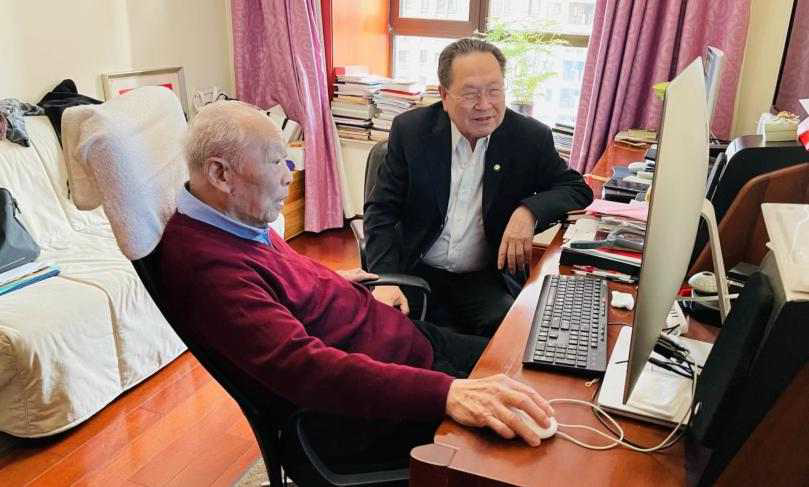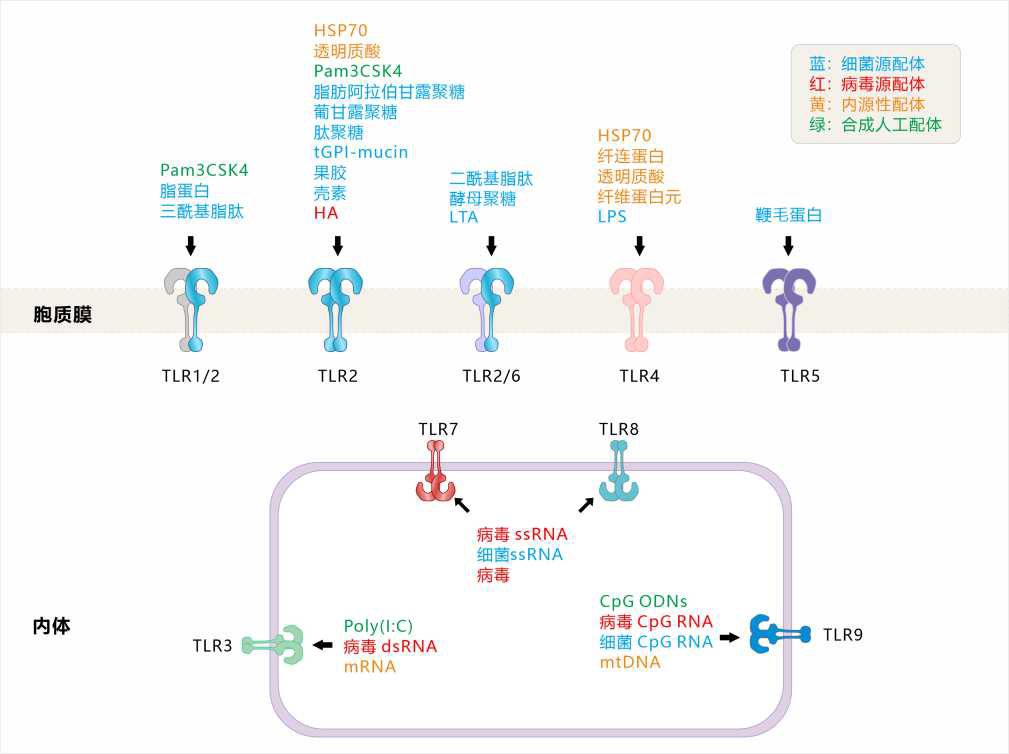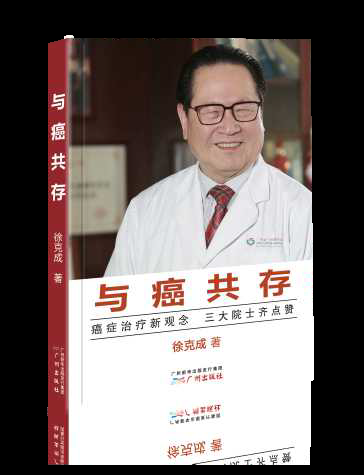Xu Kecheng:
Effective, safe, and painless, these are the biggest features of compound immunity. I want to make it clear that we do not think that compound immune agents are "drugs", and it is difficult to become a "drug" because this compound immune agent is not a single component, but a combination of more than 10 heat-killed bacteria, virus components and several adjuvants. We only use it as a "treatment method" and honestly do some "treatment" for patients. This is just like when we treat severe infections such as sepsis, we use several antibiotics and other auxiliary drugs for combined treatment. Academician Wang Zhenyi has four basic views on "immunological control of cancer": (1) The disappearance of the last cancer cell in the body does not rely on chemotherapy drugs, but on immune cells, mainly innate immune cells; (2) Cancer cells are diverse, and immune cells must also be diverse; (3) Cancer cells are unstable, and immune cells must adapt to changes; (4) Cancer cells exist with persistence, and the human immune function monitors or restricts cancer cells, or balances them, which is lifelong. Based on the above viewpoints, Academician Wang advocates the use of multiple inactivated microorganisms to activate different types of immune cells, thereby eliminating different types of cancer cells and producing additive or synergistic effects. This is the so-called "multi-component multi-target attack", or "thousands of troops" and "adaptive response".

Academician Wang Zhenyi and Xu Kecheng discuss compound cancer immunity
Member:
I am a colon cancer patient with liver metastasis in recent years. I used to work in a research institute and was exposed to "cancer vaccines". Your treatment does not seem to focus on cancer cells themselves, but on activating immune cells. Is it focused on Toll-like receptors on immune cells, that is, TLRs?
Xu Kecheng:
Thank you. We have done animal experiments and also tested on humans. We found that after the injection of compound immune agents, immune cells, especially NK cells, increased, and the levels of cytokines such as interferon and interleukin 2 increased. We also speculate that it is related to TLR activation. There are 9 types of TLRs in human immune cells, 5 of which are on the cell membrane and 4 in the endosome. There are 4 types of TLR agonists, including bacteria, viruses, cell destruction products in the body, and natural substances (such as glucan). Artificially synthesized PolyI: C is also a powerful TLR agonist. The components in bacteria that can excite TLRs are lipopolysaccharides in Gram-negative bacteria and flagellin and lipoteichoic acid in Gram-positive bacteria. Our combination vaccine is probably good because it is "diversified". It contains various TLR agonists, which can activate immune cells from different points in a multi-faceted manner, especially innate immune cells, such as natural killer cells (NK) and dendritic cells (DC).

Toll-like receptors and their stimulatory ligands. HA: hemagglutinin; LTA: lipoteichoic acid; LPS: lipopolysaccharide
Member:
This is what I admire most. I have consulted many companies and read the literature. They are all researching anti-cancer vaccines, and some use bacteria or viruses as raw materials. But they are all 1-2 ingredients, targeting 1-2 TLRs. Their goal is to make medicine. Professor Xu, your goal is not to make a "drug", but just a treatment technology. I appreciate it very much, and it is also what we cancer patients urgently need.

"Coexisting with Cancer"
——Written by Xu Kecheng, Guangzhou Publishing House, 2016
(To be continued)






